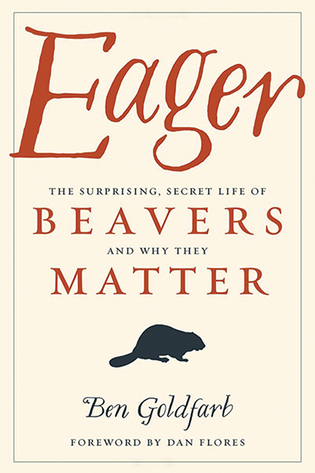 loading
loading
Reviews: November/December 2018 View full imageEager: The Surprising, Secret Life of Beavers and Why They Matter Bruce Fellman is a contributing editor of the Yale Alumni Magazine. “Picture, if you will, a healthy stream. What comes to mind?” the author asks. If you came up with something out of a fly-fishing catalog—“a crystalline, fast-moving creek,” you’ve got it all wrong, writes Ben Goldfarb ’13MEM. Dig back “before global capitalism purged a continent of its dam-building, water-storing, wetland-creating engineers.” The “narrow, racing trickle” that we think is optimal, he writes, would be better off as part of a vast landscape of “sluggish, murky swamp”: the fertile ecosystems built by beavers. In an exploration of the role that beavers played in shaping the North American landscape, Goldfarb, an award-winning environmental journalist, paints a picture of beaver-crafted biodiversity. He then delves into the depredations of a fur trade that brought the rodent to the brink of extinction. But at the beginning of the last century, a new understanding of the environment (not to mention the fact that beaver hats went out of style) came to the rescue. These days, a cadre of believers has helped make the critter a foundation of wetlands restoration. Goldfarb has a deft way with profiles; he offers a memorable collection of researchers and partisans whose goal is to “let the rodent . . . do the work”—as University of Utah beaver expert Joe Wheaton has it—of restoring ecological health. “Beavers are . . . capable, in the right circumstances, of tackling just about any landscape-scale problem you might confront,” says Goldfarb. His prescription for dealing with problems like wildfires, floods, poor water quality, and many more: “Take two families of beaver and check back in a year.”
The comment period has expired.
|
|